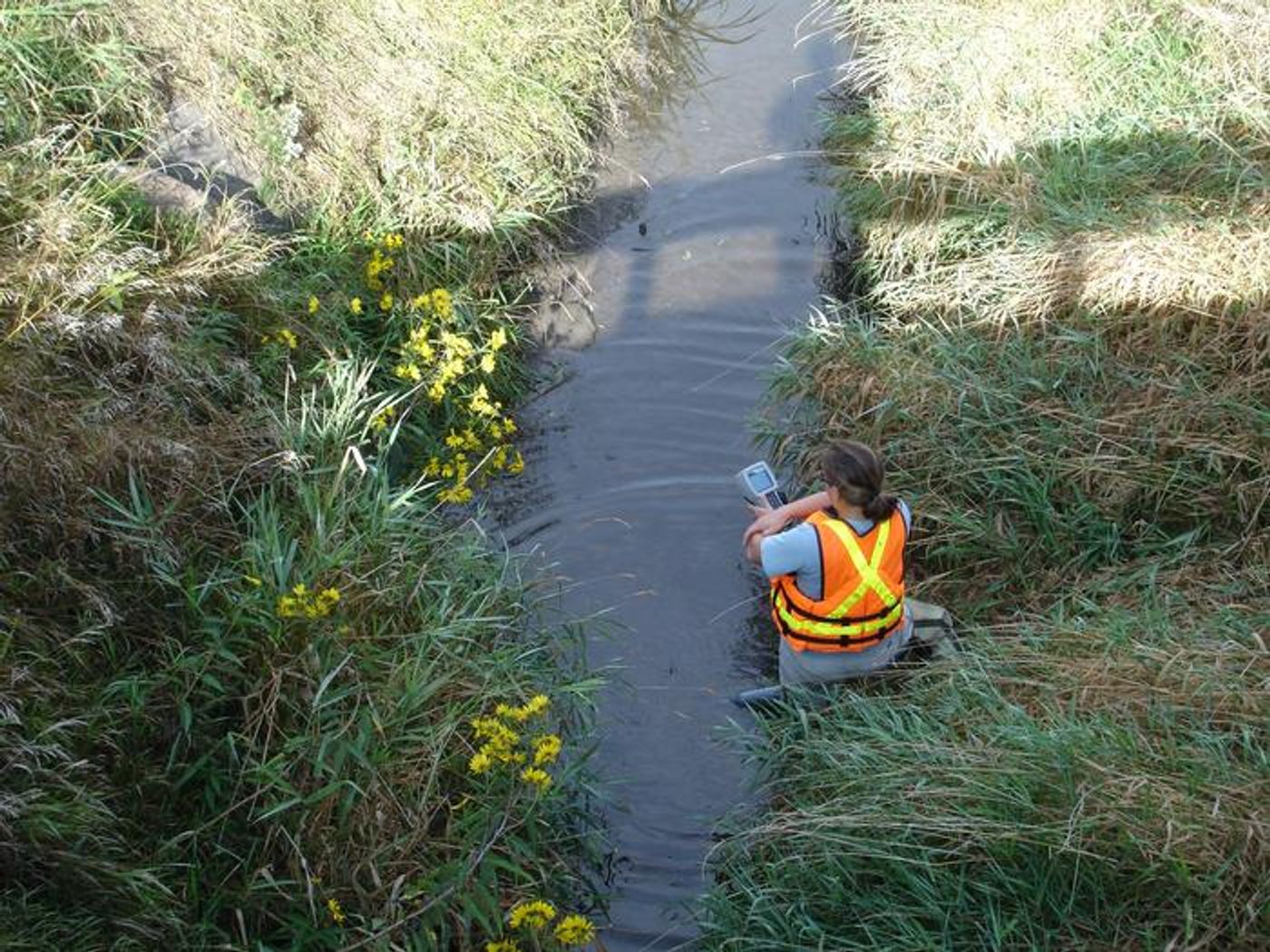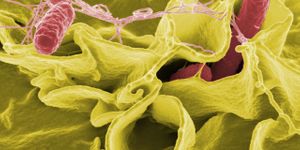Baseflow Droughts: The Overlooked Challenge in Water Management
A recent study published in the Journal of Hydrology examines how baseflow drought in rivers and streams could impact hydrological drought in streams and rivers. While baseflow drought is a part of hydrological drought, the traditional method for measuring hydrological drought is through the total water level based on rainfall, with researchers negating to measure baseflow drought to its difficulty to measure. Here, a research duo from UC Riverside (UCR) analyzes baseflow drought to paint a clearer picture on hydrological drought, which holds the potential to enable better techniques for measuring drought, overall.
“People often just use rain as an indicator of drought because it’s easier to measure,” said Dr. Hoori Ajami, who is an associate professor of groundwater hydrology at UCR and second author on the study. “But there are other kinds of drought that each have their own impacts. We needed a new way to see how long it takes for one form of drought to become another form.”
For the study, the research duo analyzed drought data obtained from more than 350 sites throughout the United States over a 30-year period to develop a more site-based strategy in determining the starting and ending periods for droughts. As part of the study, the duo strictly analyzed river and stream baseflows that were unaffected by humans, and did not include dams or reservoirs, as well.
Image of a USGS scientist obtaining stream water samples before and after rainfall for the purpose of analyzing baseflow levels. (Credit: USGS)
In the end, the research duo found the length of a drought is dependent on a multitude of factors, including the location’s geography and climate. They also discovered recovery times varied throughout the United States, as well. For example, certain streams in Kansas took 41 months to recover from a drought, whereas areas near Pasadena, California only required just under one year to recover.
The study’s findings match those of previous studies pertaining to water in underground aquifers being delayed from decreased rainfall, with aquifers being the primary source of water for the baseflow of rivers and agriculture. However, sinkholes could result from the increased pumping of groundwater throughout a drought.
“One key message we want to send is that people must be careful about managing the water they have,” said Dr. Sanghyun Lee, who is a postdoctoral fellow at the USDA’s Agricultural Research Service in Oklahoma, along with previously being a postdoctoral scholar in Dr. Ajami’s laboratory and is lead author of the study. “Because of rising temperatures, baseflow drought is getting longer and more severe in many parts of the country. And because watershed boundaries often cross state or international lines, preserving precious water resources will require more cooperation.”
What new discoveries will researchers make about baseflow drought in the coming years and decades? Only time will tell, and this is why we science!
As always, keep doing science & keep looking up!
Sources: Journal of Hydrology, EurekAlert!, UC Riverside News









